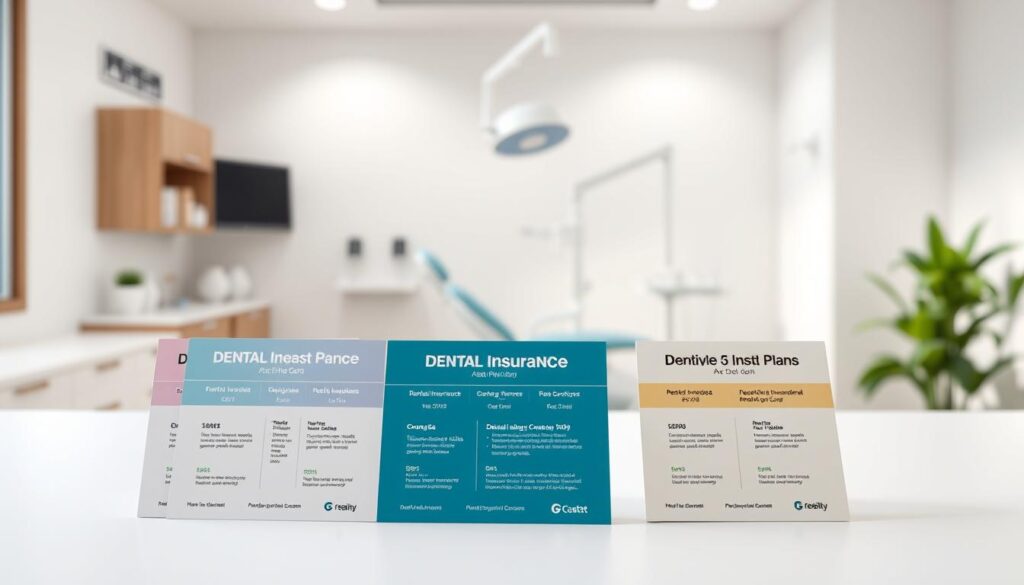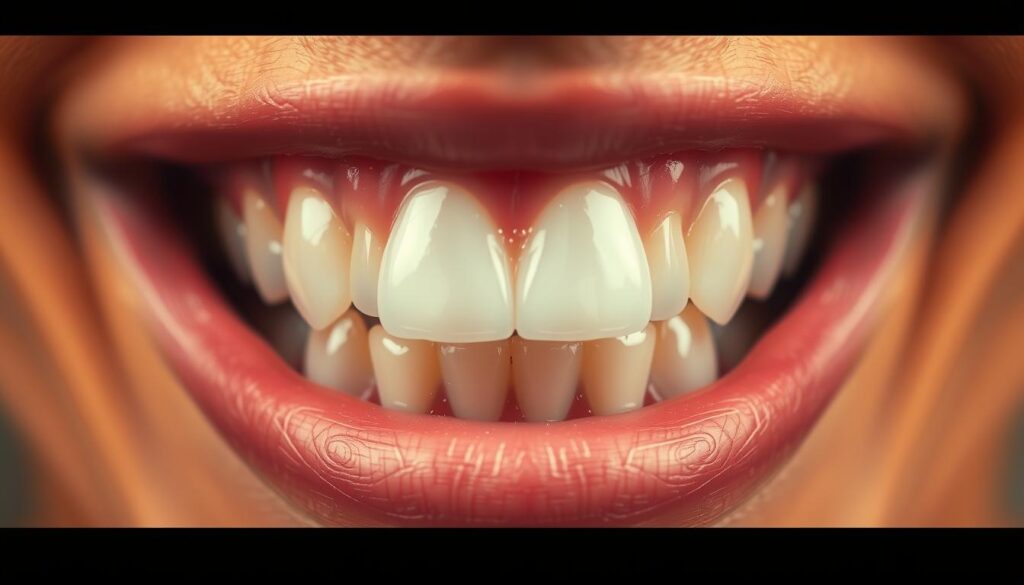Understanding the intricacies of your dental insurance plan is crucial for maximizing your benefits and saving money. Most dental insurance plans operate on a calendar year cycle, with benefits expiring on December 31st. This means that any unused dental benefits typically don’t roll over to the next year, making it essential to use them before they expire.
Knowing when your specific dental insurance resets can help you avoid losing valuable benefits. Proper planning around insurance reset dates can save you hundreds or even thousands of dollars on dental care. This guide will help you understand your dental insurance cycles and make informed decisions about your dental care timing.
Key Takeaways
- Understand your dental insurance plan’s reset cycle to maximize benefits.
- Most dental insurance plans operate on a calendar year cycle.
- Unused dental benefits typically don’t roll over to the next year.
- Proper planning can save you hundreds or thousands of dollars.
- Knowing your insurance reset date is crucial for dental care planning.
Understanding Dental Insurance Cycles
Understanding your dental insurance cycle is crucial for maximizing your benefits every year. Most dental insurance plans operate on a traditional calendar schedule, resetting on January 1st, regardless of when you enrolled. However, the specifics can vary based on whether you have a calendar year or fiscal year plan.
Calendar Year vs. Fiscal Year Plans
Dental insurance plans can follow either a calendar year or a fiscal year. Calendar year plans run from January 1 to December 31, while fiscal year plans can start on any month and last for 12 months. Most plans follow the calendar year, but some employer-provided plans or individual plans might have a different cycle based on the employer’s financial year or the date you purchased the plan.

- Calendar year plans reset on January 1st.
- Fiscal year plans reset on the anniversary of the plan’s start date.
- Understanding your plan’s cycle helps you schedule dental procedures strategically.
The “Use It or Lose It” Principle
Most dental benefits follow the “use it or lose it” principle, meaning that unused benefits do not roll over to the next year. Insurance companies set annual maximums that reset when the plan year begins anew. Failing to use your benefits before they reset means you’re essentially leaving money on the table that you’ve already paid for through premiums.
For example, if your plan has an annual maximum of $1,500 and you’ve only used $1,000 by December 31st, you lose the remaining $500. Understanding your plan’s cycle and annual maximum can help you plan your dental care and maximize your coverage.
When Does Dental Insurance Reset?
Knowing when your dental insurance benefits reset can help you make informed decisions about your dental health. Most dental insurance plans follow a traditional calendar schedule.
Standard January 1st Reset Date
The vast majority of dental insurance plans reset on January 1st, aligning with the standard calendar year. This reset affects all aspects of your coverage, including deductibles, annual maximums, and covered procedures. Insurance companies typically align their plans with the calendar year for administrative simplicity and consistency. As a result, you can expect your benefits to reset at the beginning of each year.
| Aspect of Coverage | Reset Impact |
|---|---|
| Deductibles | Resets to zero, requiring you to meet the deductible again |
| Annual Maximums | Resets to the maximum coverage amount |
| Covered Procedures | Coverage for specific procedures may change or reset |
Exceptions and Special Cases
While most dental insurance plans reset on January 1st, there are exceptions. Some employer plans may follow fiscal years or anniversary dates. Additionally, special dental plans might reset on the anniversary of your enrollment rather than the calendar year. It’s essential to check your insurance documentation or contact your provider to determine your specific plan’s reset date.
Understanding these exceptions can help you plan your dental care effectively and avoid unexpected expenses.
Types of Dental Plans and Their Reset Policies
Understanding the various types of dental plans available is crucial for maximizing your dental benefits. Different dental insurance plans have unique characteristics that affect when and how your coverage resets.
Employer-Provided Dental Benefits (PPO Plans)
Many employers offer dental benefits through Preferred Provider Organization (PPO) plans. These plans typically require a monthly premium and involve deductibles and co-payments. The reset date for these plans is usually January 1st, but it can vary depending on the insurance carrier. For instance, some employers might have a fiscal year that doesn’t align with the calendar year, affecting the reset date.
Flexible Spending Accounts (FSAs)
Flexible Spending Accounts (FSAs) are another type of dental plan. FSAs allow you to set aside pre-tax dollars for dental expenses. However, FSAs come with a strict “use it or lose it” policy, meaning that unused funds are typically forfeited at the end of the year. It’s essential to plan your contributions carefully to maximize your benefits.
Individual Dental Insurance Plans
Individual dental insurance plans purchased through marketplaces or directly from insurers also have varying reset policies. Some plans may reset on January 1st, while others might have different renewal dates. It’s crucial to review your plan’s details to understand when your coverage and annual maximum reset.

What Happens When Your Dental Insurance Resets
Understanding what happens when your dental insurance resets can help you maximize your benefits. When your dental insurance plan resets, several changes occur that can impact your oral health care and expenses.
Deductible Resets
At the start of each plan year, your deductible resets. This means you’ll need to pay out-of-pocket again until you reach the threshold. For example, if your deductible is $50, you’ll need to pay the first $50 of your dental expenses before your insurance kicks in.
Annual Maximum Renewal
The annual maximum is the maximum amount your insurance will pay for dental care in a year. When your plan resets, this maximum renews, giving you a fresh allocation of benefits for the new coverage period. For instance, if your annual maximum is $1,500, you’ll have a new $1,500 limit at the start of each plan year.
Potential Changes in Coverage and Fees
When your dental insurance resets, there may be changes in coverage and fees. Your insurance provider may adjust their fees, and your coverage may change, including modifications to covered procedures or coverage percentages. It’s essential to review your plan details to understand these changes.

Other changes that may occur when your plan resets include the reset of frequency limitations, such as two cleanings per year, and potential changes in waiting periods for certain procedures. Understanding these reset mechanisms can help you maximize your benefits and minimize out-of-pocket expenses.
Common Dental Procedures Covered by Insurance
Dental insurance plans typically cover a range of procedures to help maintain your oral health. Understanding what is covered can help you make informed decisions about your dental care.
Preventive Care
Preventive care is a crucial aspect of dental health, and most insurance plans cover it at a higher percentage. This includes regular cleanings, exams, and X-rays. Typically, insurance covers two cleanings per year, with X-rays every 3-5 years.
Most insurance plans cover preventive care at 80-100% to encourage regular maintenance. This coverage helps in early detection and prevention of dental issues.
Restorative Treatments
Restorative treatments are also covered by dental insurance, albeit at different coverage percentages. These treatments include fillings, crowns, and root canals.
Insurance typically covers restorative procedures at 50-80%. The coverage percentage can vary based on whether you visit an in-network or out-of-network provider.
| Procedure | In-Network Coverage | Out-of-Network Coverage |
|---|---|---|
| Cleanings | 80-100% | 50-80% |
| Fillings | 50-80% | 30-60% |
| Crowns | 50-80% | 30-60% |
| Root Canals | 50-80% | 30-60% |

It’s essential to verify the coverage for specific procedures before scheduling treatment to avoid unexpected costs. Some procedures may have waiting periods, and cosmetic treatments are often excluded.
Maximizing Your Dental Benefits Before Year-End
With the end of the year approaching, reviewing your dental benefits can help you make the most of your coverage. To maximize your dental benefits, you need to be proactive and understand your insurance plan.
Reviewing Your Remaining Benefits
Review your remaining benefits several months before the year-end to identify unused coverage. Check your current benefits usage by contacting your insurance provider or using their online portal. This step helps you understand what’s covered under your plan and how much you’ve used.
Scheduling Strategic Appointments
Schedule appointments strategically to maximize coverage before benefits expire, particularly for preventive care. Prioritize necessary dental work based on urgency and available benefits. It’s also crucial to schedule year-end appointments early (October/November) as dental offices become busy in December.
Planning Major Procedures Across Calendar Years
For major dental procedures, consider splitting the treatment across calendar years to leverage two years’ worth of dental benefits. Coordinate with your dentist to plan treatment timing that maximizes insurance coverage. Work with your dental office’s billing department to estimate costs and insurance coverage before committing to treatment. As the saying goes, “An ounce of prevention is worth a pound of cure.” Taking advantage of your dental benefits is not just about saving money; it’s also about maintaining optimal dental care through regular care.

Conclusion: Taking Action for Optimal Dental Health and Savings
With the year’s end approaching, now is the time to take action on your dental health and insurance benefits. Understanding your dental insurance reset date is crucial to maximize your coverage and avoid letting benefits expire unused.
To make the most of your benefits, review your remaining coverage and schedule strategic appointments before year-end. It’s essential to contact your insurance provider to understand your specific coverage details and reset policies. Regular dental care is not just financially smart, but also vital for your long-term health.
By taking control of your dental health and using benefits effectively, you can save money and prevent more serious issues. Schedule your next dental appointment today and ensure you’re using your dental insurance to its fullest potential.
Don’t let unused benefits go to waste; take action now to optimize your dental care and overall health.